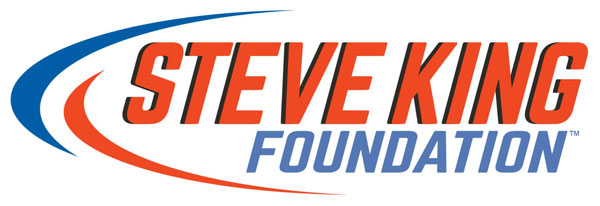Joe Piette joins Team Penske as new Assistant Pit Crew Coach
CONCORD, N.C.—Joe Piette has found a new challenge with Team Penske.
The veteran pit crew coach joined the organization in the off-season and enjoyed his first public appearance with the Nos. 2, 12, 22 and 21 teams at Charlotte Motor Speedway on Monday.
As the teams performed pit stops with current NASCAR champion Joey Logano and teammates Brad Keselowski, Paul Menard and Ryan Blaney, Piette hung out in the background, making sure the equipment, parts and pieces integral to the exercise functioned properly.
The results were impressive.
“The off-season has been very good,” Piette said. “The guys have been practicing faster times than they had at Homestead last year. Now, I understand that’s not the race track—so we have to take that into consideration—but being out here actually at the speedway and doing pit stops on pit road with their respective drivers, the times were pretty good. I’m pretty excited about it.”
The 52-year-old Wausau, Wisconsin, native’s introduction to racing began with fellow Badger State driver Dave Marcis. Piette performed whatever task was thrown his way in the shop and on the road. His earliest pit road duty was changing tires.
But pit stops have changed dramatically since the Wood Brothers were recruited to service Jim Clark’s Lotus/Ford in the 1965 Indianapolis 500. Those 24-second stops were revolutionary at the time. Clark’s margin of victory was nearly two minutes over Parnelli Jones.
In the last 55-years, NASCAR pit crews have streamlined the process. Piette has witnessed his share of adaptations in the three decades he’s been involved in going over the wall. The most recent modification was the shrinking of the squads from seven to six and, last year, to five crewmen.
“When I started, we had seven guys going over the wall,” Piette said. “If you did an 18 or 20-second pit stop, that was pretty good. We got into the high 11’s, even some 10-second stops a couple years ago. Then they made the five-person rule over pit wall, and stops at Daytona last year started off in the 15-16-second range. By Homestead, we were doing 12.
“It’s unbelievable, the evolution of the pit stop. The athleticism of these pit crew guys is unbelievable. A lot goes into training them. But they are really good.”
Over the last decade, more and more teams are going outside of racing and into stick-and-ball sports to draft former college and high school athletes for the different positions on the team, jobs that require hand-eye coordination, speed and agility or simply brute strength. The athleticism has paid off when it comes to the competition on pit road.
“Honestly, it has become a big person’s sport,” Piette said. “I changed tires actively for 20 years, and I’ve never weighed more than 150 pounds. I don’t think I could do it nowadays, the way they have to do things. It’s evolved that way for sure.”
Piette was at Stewart-Haas Racing last year when NASCAR shaved the sixth-man from the pit crew. One of the dramatic differences—besides perfecting pit stops to the 12-second range—was the surge in injuries with the loss of one body over the wall.
“Going from six men going over the wall that could do almost anything, any position, to five men—but in addition to the five-men rule, the fueler can only fuel—that eliminated one position from pulling tires and stuff like that,” Piette said. “And we used to use them to do that and help us out. So essentially, right now, you have four people changing tires and making adjustments. What that equals is every person has to do so much more.
“You’re right, we did see a lot of sore shoulders, elbows, knees and back issues because we’re asking these guys to do more than we’ve ever asked them to do individually before. As far as trying not to get them hurt, we keep an eye on how many reps we do in practice and maybe do more drills instead of actual live stops. We just try to keep up with the guys.
“What’s neat at Team Penske is we have physical therapist that come in three days a week. We have a full therapy room, and the guys can get full treatment as needed. We’re just aware of it more than we ever have been.”

.png)





